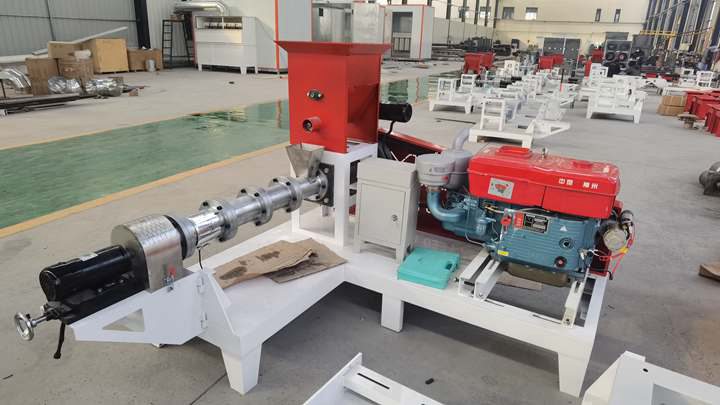
Tilapia farming in Kenya and Tanzania can be profitable . Utrecht, February 1, 2020 – Larive International, coordinator of FoodTechAfrica, and IDH, the Sustainable Trade Initiative, are excited to join forces to boost tilapia farming in East Africa through a data-driven approach.
.jpg)
Oct 15, 2020 · First of all make the pond dry and apply rotenone medicine to remove unwanted and cannibalistic fish insects and animals. After that, apply 100 kg lime, 500-700 kg dung, 10-15 g nitrogen, 5-7 g TSP and 2 g MOP per acres. Keep a net around the pond to prevent the fish from predators like frogs and snakes.
.jpg)
Feeding is as follows: twice a day, two periods: 8 a.m. to 9 a.m. and 3 p.m. to 4 p.m. Catch 30 to 50 fish every 15 to 20 days to calculate the average weight to analyze the growth of tilapia fish, which helps adjust feeding speed to help the fish grow healthily. Feeding speed also depends on the fish’s diet.

Aquatic farm feed processing equipment aqua shrimp tilapia floating fish feed production plant, US $ 9800 – 39999 / Set, Manufacturing Plant, Farms, Home Use, Video David Fincham Aquaculture – Tilapiafarming
.jpg)
floating fish feed extruder machine priceShandong Leader Machinery Mobile : 18660125156 Website : www.digit-life.com Telephone : 86-05331-85064681 Mail : info@ldfoodmachine.com Fa

Compound feed is widely applied in Tilapia farming in the world. Compound fish feed can be made depending on the following factors: feed sources, Tilapia nutrient requirements and raw material nutrient content. Whether in pond farming or in intensive farming, the addition of mineral salts is of importance for making fish feed. III.
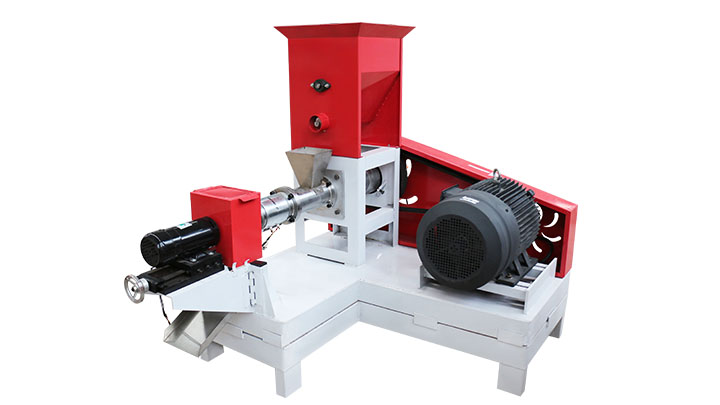
Fish farming involves raising a variety of aquatic animals, such as fish, mollusks, and shrimp, etc. in an enclosure such as a tank or pond.Tilapia farming which originated in the Middle East and Africa has now become the most profitable business in
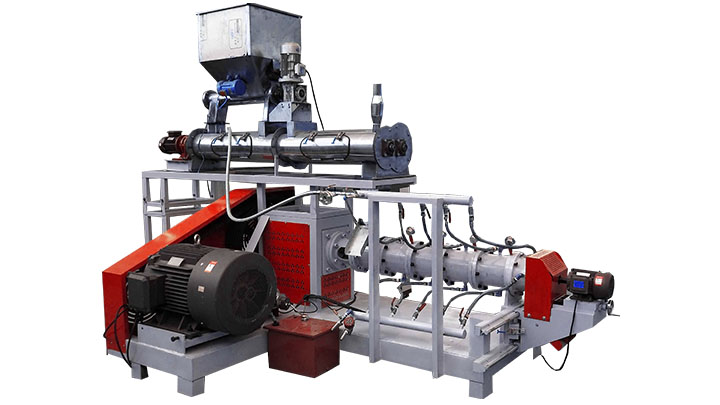
High quality fish feed pelletizer Kenya- Lima Fish Feed Machine For feed production in Kenya, dry type fish feed extruder is recommended, due to suitable pfish feed and stable performance. Many customers cooperated with us are all satisfied with dry type feed machine.
.jpg)
Making Floating Fish Feed in Kenya - Fish Feed Extruder Floating fish feed production mainly goes through the following steps: Material crushing→material mixing→extruding process→pellets drying→oil spraying process→pellets cooling→pellet packing. 1.First the ingredients for making fish feed are ground more finely by the hammer mill
.jpg)
Jul 06, 2022 · The objective of this study was to assess the growth performance of Nile tilapia from fish ponds fertilized with organic and inorganic fertilizers in Western Kenya. Three fish farms in Kakamega
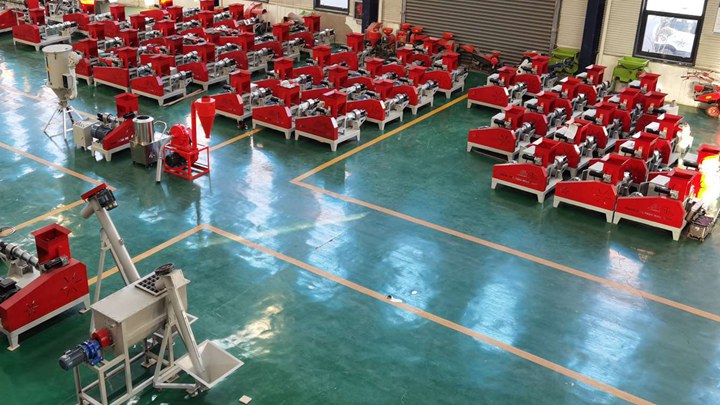
Our fish feeding machine is widely used in the fish farm and the big fish feed factory. Green food make your fish growing well. Lima cooperates with the world-famous enterprise and research institutes, combining the advanced Europe technology with years of practical experiences, we have successfully developed 12 series of poultry feed pellet
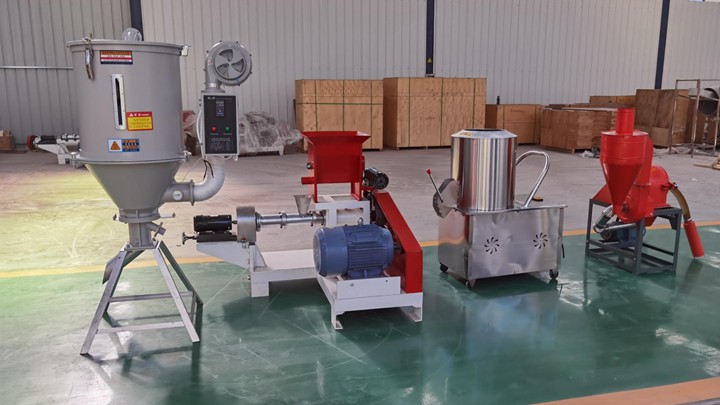
Making Floating Fish Feed in Kenya – Fish Feed Extruder. There are two types of fish feed machines for extrusion: dry type fish feed machine and wet type fish feed machine. For feed production in Kenya, dry type fish feed extruder is recommended, due to suitable price and stable performance. Many customers cooperated with us are all satisfied with dry type feed machine. Wet type fish feed machine is more suitable for
.jpg)
Expert In Animal Feed . Floating Fish Feed Extruder-Dry Type. It is used to make fish feed pellets with dia 0.9-15mm. Really cost-effective for aquatic farms to make their own fish food. Make floating feed pellets for all kinds of fish, shrimp and other aquatics animals. Making Floating Fish Feed in Kenya – Fish Feed Extruder
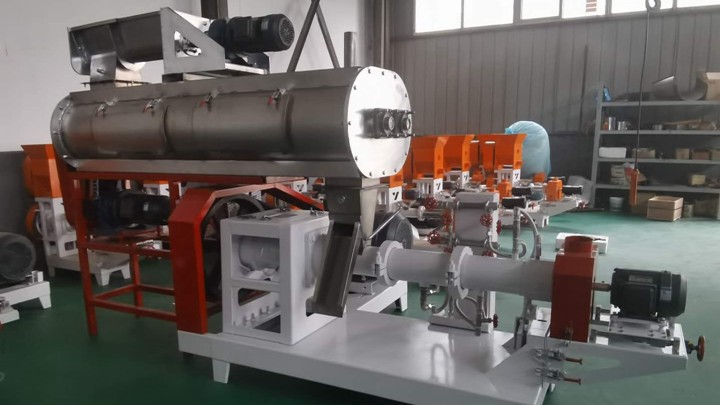
Jul 12, 2021 · The status of the Kenyan fish feed industry. In semi-intensive and intensive aquaculture systems, feeds typically account for between 40–60% of production costs (Shitote et al., 2001; Ali and Jauncey, 2004; Liti et al., 2006).Contribution of 50 percent and above in the total operating cost indicates that fish feed is the most costly item in aquaculture production.

Feeding way will be the following: feeding twice in one day and two periods: 8am-9am and 3pm-4pm. Every 15-20 days, catching 30-50 fish to calculate the average weight for analyzing Tilapia growth, which contributes to adjusting feeding rate for helping fish grow healthily. Feeding rate also depends on fish eating.